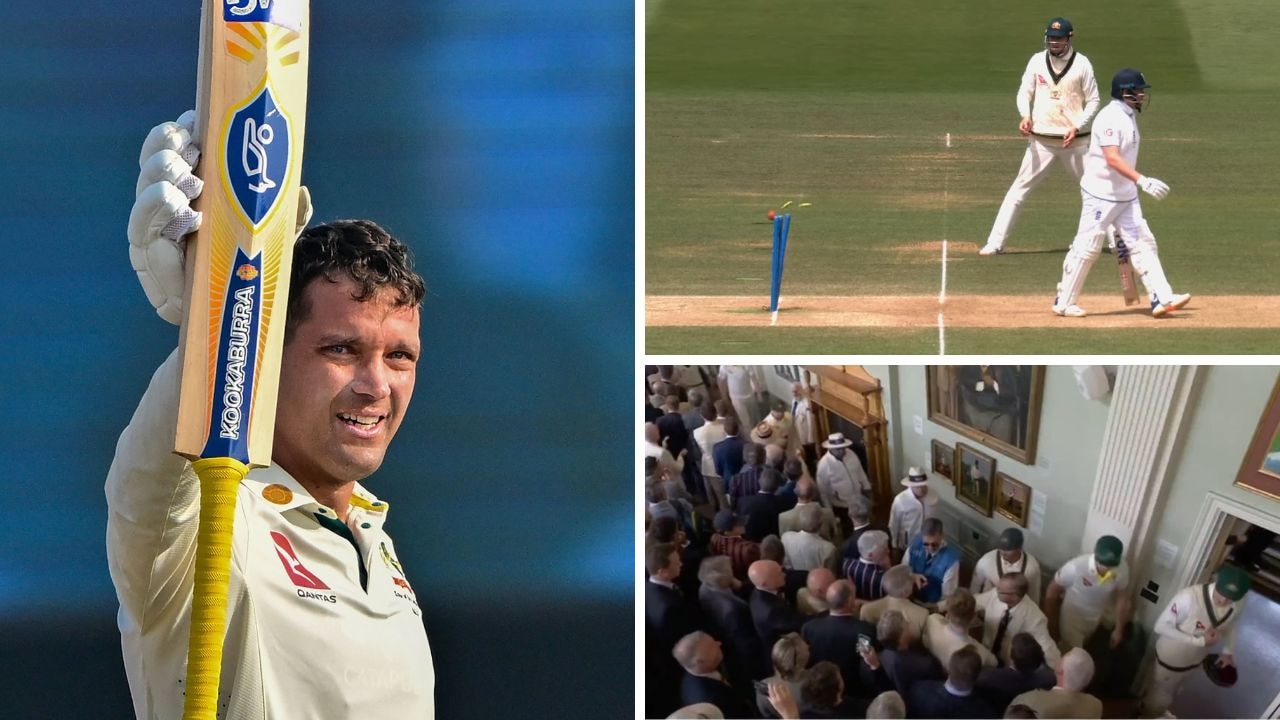Australia v India Test series 2017: Steve Smith’s men fall agonisingly short but lay down Ashes marker
STEVE Smith’s Australian team is still a work in progress, but, despite a series loss, the bricks have been laid in India for a bumper Ashes summer.
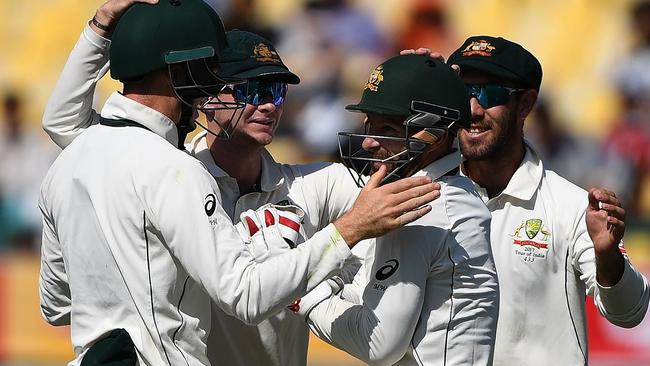
Cricket
Don't miss out on the headlines from Cricket. Followed categories will be added to My News.
STEVE Smith’s Australian team is still a work in progress, but the bricks have been laid in India for a bumper Ashes summer.
At the moment, the wounds of Dharamsala are red raw and will take some time to heal.
The cold, hard reality is Australia had the Border Gavaskar Trophy at their fingertips.
They’re now left with an endless number of “what if’s” about the massive opportunities they had both in the second Test and in the decider to put the series away and create ground-breaking history.
But it’s the hope that kills you.
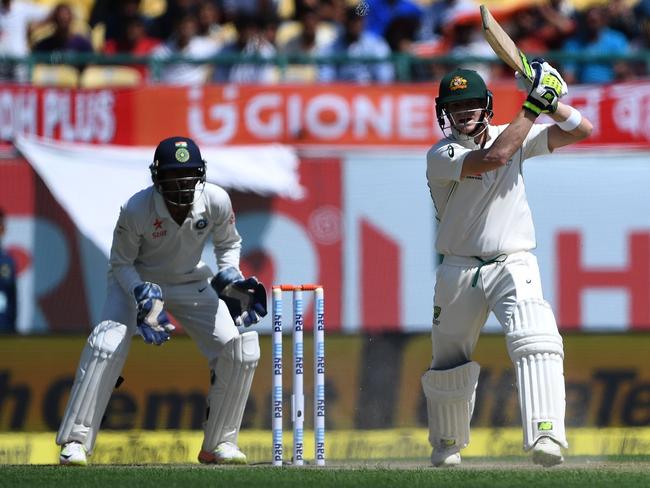
INDIA PREVAIL: hosts win fourth Test, take series
Labelled the worst Australian team to ever tour the sub-continent, Smith’s side were meant to crash and burn 4-0.
It was supposed to be a bloodbath, yet Pat Cummins has been a revelation, 20-year-old rock Matt Renshaw has taken further strides, Glenn Maxwell announced himself as a Test player, Nathan Lyon powerfully reasserted himself as Australia’s No. 1 spinner and Matt Wade has exceeded expectations behind the stumps.
Leading the way is captain courageous Smith, who has proven beyond doubt he is the best batsman in the world by the length of the straight. He needs more support, but Australia’s batting unit went forward not backwards on this tour in trying conditions.
A few tweaks need to be made, and likely will be by selectors.
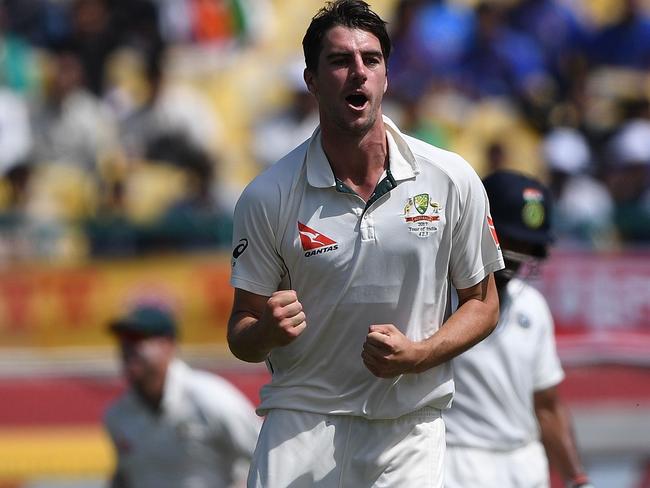
Shaun Marsh’s fighting, game-saving knock in Ranchi justified his selection as a sub-continent specialist for this series. It was a beauty of an innings.
But this is the end of the road. This should be the end of his Test career.
At 33 years of age, Marsh has an unreliable body and an unreliable batting average in Test cricket, and Usman Khawaja — one of the top 10 batsmen in the world — simply has to return for the Ashes.
Maxwell creates an interesting headache for selectors. His temperament and batting sense in Ranchi and Dharamsala shows he belongs at this level, yet he doesn’t solve Australia’s all-rounder conundrum, particularly on home soil.
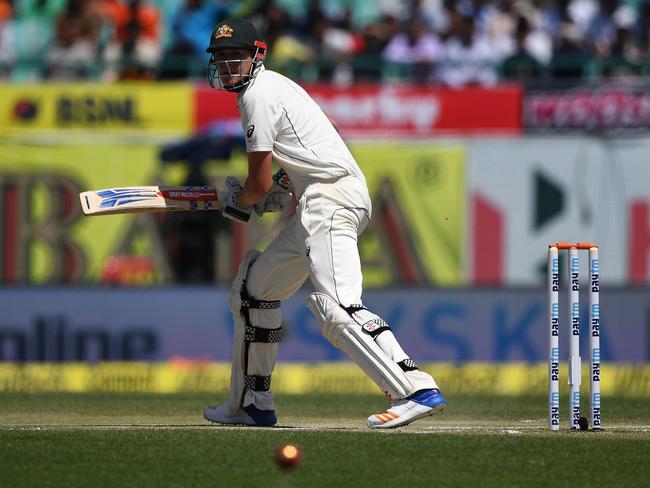
Lyon has silenced his critics and his only worry now is that selectors will be extremely tempted to belt England with a West-Indies style pace attack of Cummins, Mitchell Starc, Josh Hazlewood and raging bull James Pattinson.
Look out.
In the end, Australia has failed to grasp the rarest of opportunities to conquer Test cricket’s final frontier in India.
That hurts, and who knows when or if they’ll get another chance like this.
But the positives far outweigh the negatives.
After all, it was only four Test matches before arriving in India that the side was completely pillaged and six players were axed following a five-match losing streak.
To compete for enough sessions to make a single Test match interesting was about as much as outsiders — and probably a few insiders — were hoping for.
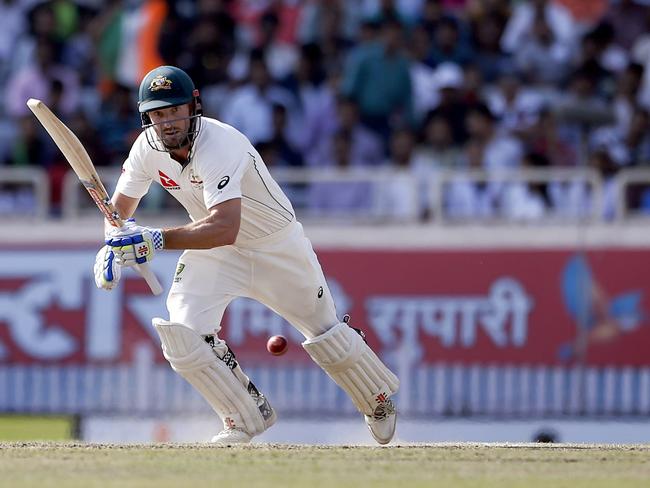
But amid the devastation of the day three capitulation in Dharamsala, it cannot be forgotten that Australia fielded five players with less than 10 matches experience and pushed the No. 1 team in the world so hard they made this series arguably the most memorable since the 2005 Ashes.
Australia has come up short in India but by the time England arrives at the Gabba in November, Smith’s men will be let off the leash again as a team to be truly feared.


